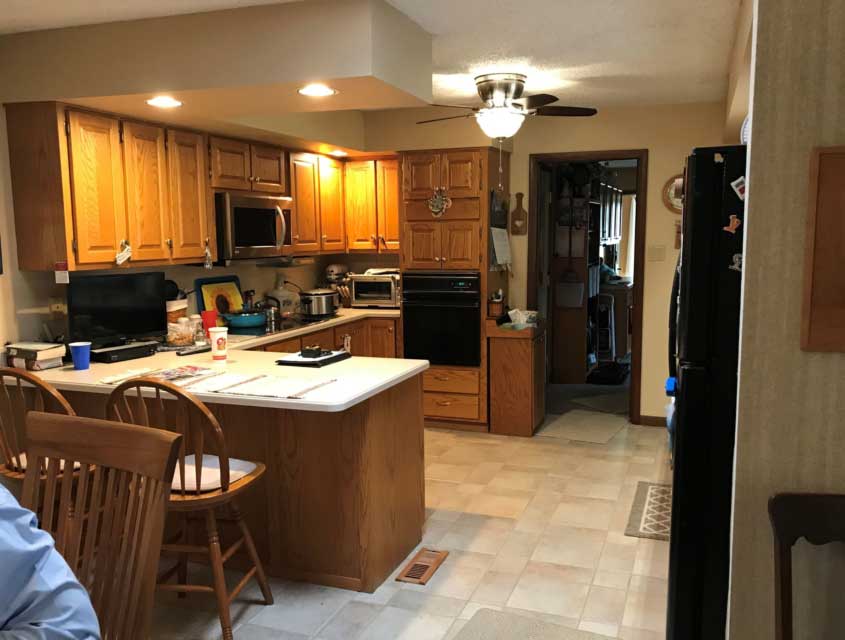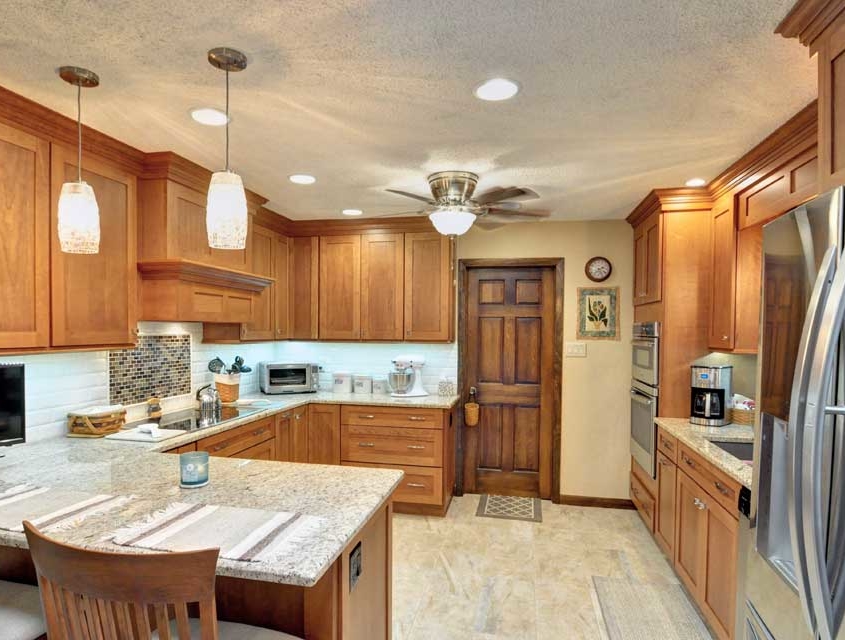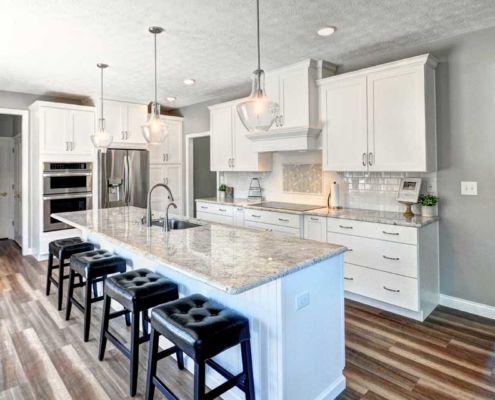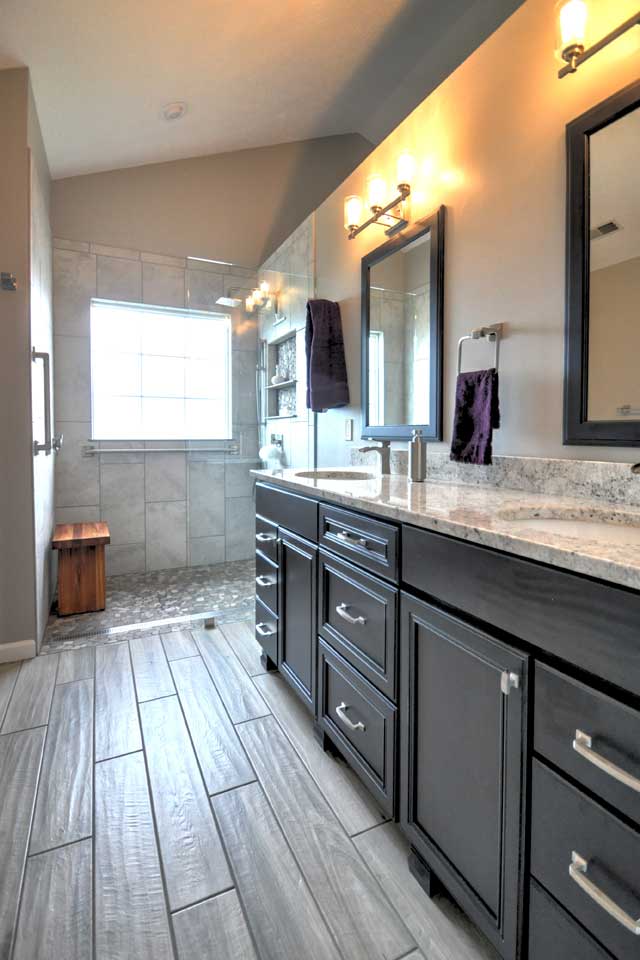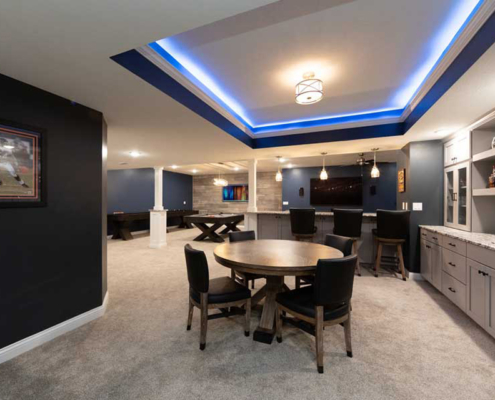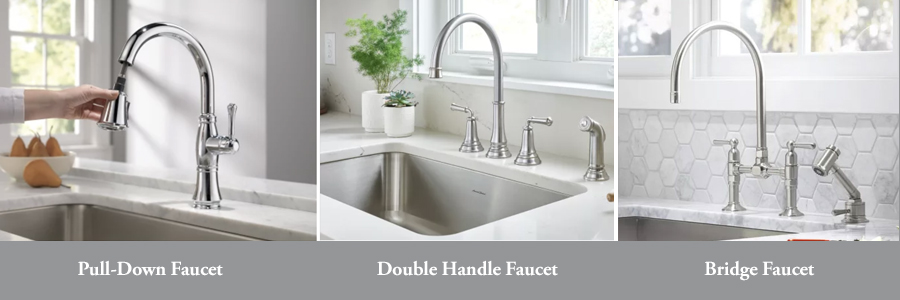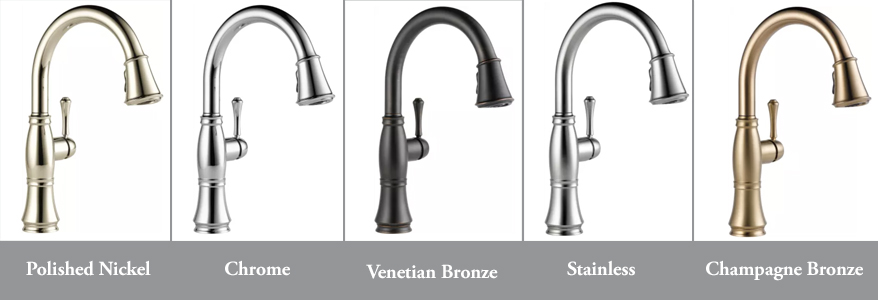Remodeling Your Home for Multigenerational Living
Multigenerational homes are becoming increasingly the norm in today’s America. As a result, homeowners and their families are seeking innovative ways to accommodate diverse needs and lifestyles under one roof.
This article explores the factors driving the multigenerational living trend and the related design considerations you’ll need to consider before your next home remodel in the Lafayette and West Lafayette areas. The following insights will give you a better understanding of how to design a welcoming home for all members of your family.
Reasons for the Rise in Multigenerational Households
In 2021, 59.7 million people, or 18% of the population of the United States, lived in multigenerational households. This figure has grown significantly from previous years and has been driven by various economic and social changes.
Over the last five decades, the sharp rise in multigenerational households has primarily been driven by financial constraints, with one in four young adults now living with parents or grandparents.
Caregiving is another factor, with more people choosing to look after elderly or sick relatives at home, partly due to financial issues.
Another significant factor is changes in demographics. Multigenerational living has long been standard in many cultural groups for centuries. The growth of Asian, Hispanic, and African American populations has further increased the prevalence of different generations living together.
Benefits of Multigenerational Living

Multigenerational living has multiple benefits and is defined as more than two adult generations living under the same roof (or grandparents living with grandchildren under 25) by the U.S Census Bureau.
With financial constraints being a key reason for this growing trend, consolidating financial resources in one household can help cover financial expenses. Essentially, it’s more affordable to run one household than it is two.
Multigenerational households also benefit from the sharing of responsibilities appropriate to the age and ability of the family member. For example, the distribution of chores helps things get done around different routines and work-related requirements.
Living together also strengthens bonds between the generations, which is often sadly lacking in the modern world.
Grandparents and grandchildren especially get to cultivate wonderful relationships, with grandparents serving as an extra set of role models for young children or teenagers. This interaction also reduces loneliness in older generations and inspires health-maintaining physical activity.
And with more people in the home at any given time, general security is also enhanced.
Consider All Family Member’s Needs When Planning a Remodel
During the design stage of any home remodel, it’s important to consider the needs of each family member. This is even more crucial when you have multiple generations living together.
Privacy is essential. Grandparents might appreciate a little annex of their own where they can rest, engage in hobbies, and entertain their guests away from the central hub of the home. A secondary entrance can provide a feeling of independence while still being a part of the household.
Flexible living areas work well in multigenerational homes, with common spaces being easily adapted for various family activities. For example, retractable walls and screens can create separate or communal areas, depending on the occasion.
Make Sure Each Age Group Has a Bathroom
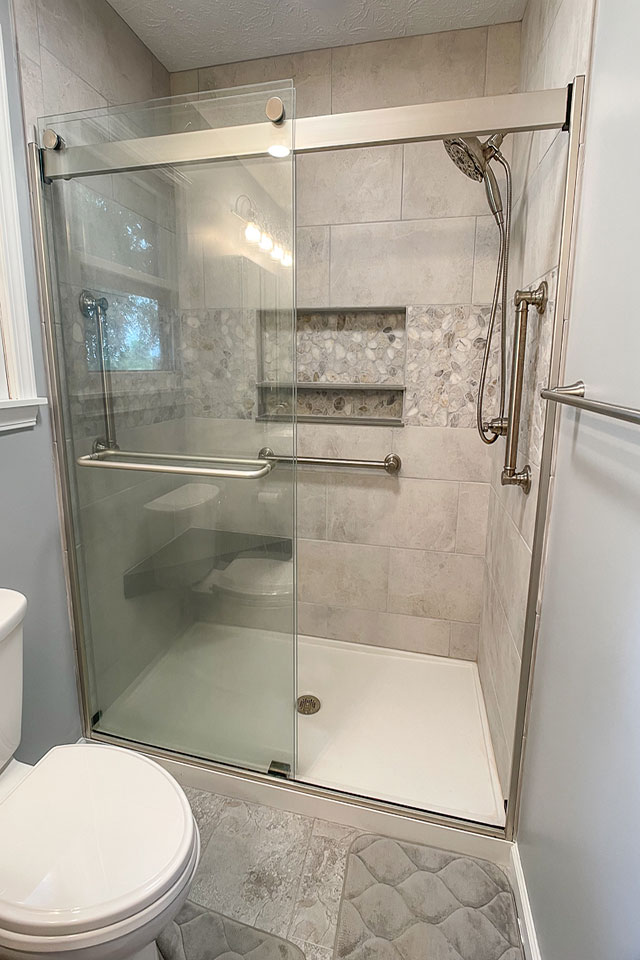
Add a bathroom for each age group. Elderly or disabled family members will appreciate Universal Design features such as a roll-in shower, wide doorways, and grab bars for extra support. Consider also where such a bathroom is located within the home in relation to different bedrooms and access routes.
Remember the little things like non-slip flooring, heat lamps, lever-style faucets, and reduced-height cabinets that can make a crucial difference to safety, usability, and well-being.
En-suite bathrooms are a great addition too. They ease congestion in the main bathroom, especially in the mornings before school and work.
Incorporate Universal Design Features in All Areas of the Home
Universal design principles benefit the home as a whole. For family members with mobility challenges or disabilities, consider installing ramps, stairlifts, or even an elevator.
Wider doorways and hallways throughout your property make it easier to navigate with wheelchairs and/or walkers. In addition, nightlights in hallways and staircases ensure extra safety and security for all family members during those nighttime visits to the bathroom or kitchen.
You can also apply many of the safety features in bathrooms to the rest of the home, including slip-resistant materials for floors, decks, and patios along with handrails on stairs or ramps.
Ways to Create Additional Sleeping/Living Spaces
Creating a comfortable and functional multigenerational home may require expanding your living space or converting existing areas.
If you have sufficient space, adding a second-master suite can significantly increase comfort and your property’s value. The suite might include a spacious bedroom, en-suite bathroom, walk-in closet, and a separate living room to provide privacy and comfort for older family members or adult children.
An in-law suite may be a better alternative. This self-contained building – known as an accessory dwelling unit – can be stand-alone or directly attached to your main house. It includes a bedroom, bathroom, kitchenette, and living room.
And if additional space is unavailable, look at ways to convert an existing interior into a multifunctional space for a family member. Options include an attic, garage, or basement.
Create a Kitchen Suitable for Multiple Ages
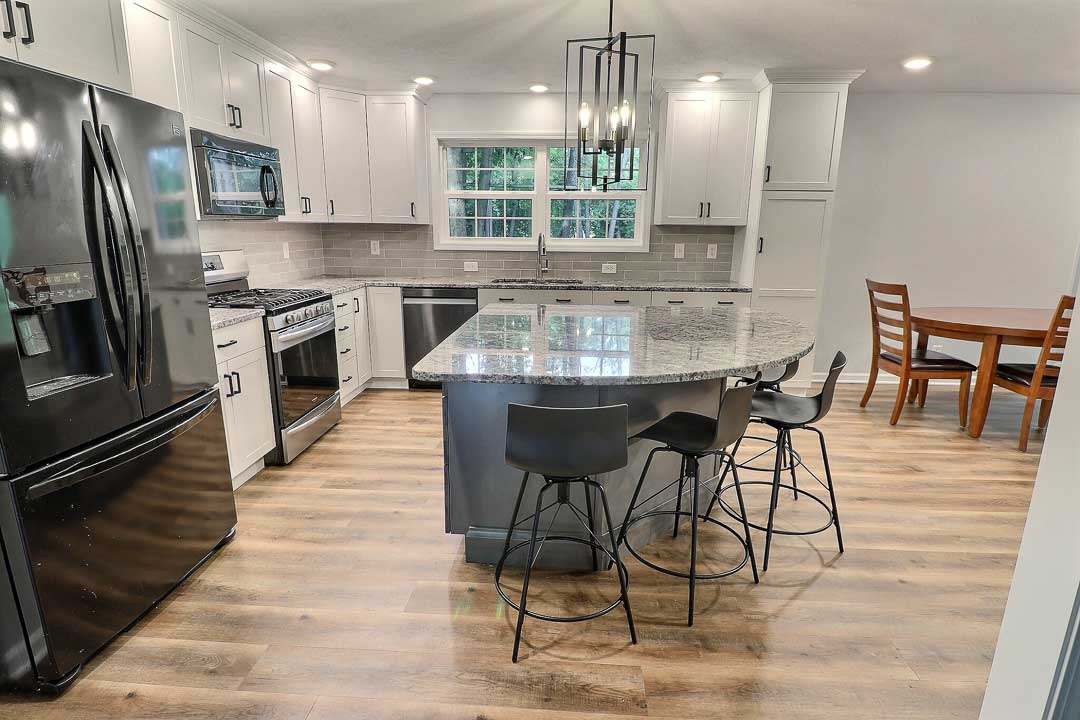
The kitchen will require not only general Universal Design features but also other specialist measures suitable for multiple age groups.
Examples of these specialist measures include customized countertops heights, custom cabinet heights and height-adjustable appliances. These features will allow all family members to work comfortably in the kitchen together, regardless of age or physical limitations.
Consider how the kitchen can be more of an interaction-friendly zone. This might include incorporating a breakfast nook within the kitchen to accommodate family members who may need to sit while you or they prepare food and chat. Plus, making the kitchen more open plan.
Install a pull-out pantry with drawers and rotating organizers to make it easy to find things. Wall-mounted units at easy-to-reach heights will also allow fast and comfortable access to everyday items.
Think about easy-to-use appliances with intuitive controls and large displays that are easier for older generations to operate. And touch-free faucets that don’t require gripping and are more hygienic.
Adequate lighting is crucial for safety and functionality, especially for older family members with reduced vision. Layered lighting in the form of LED undercabinet lights, in addition to overhead lights, can make food prep spaces more functional and safe.
Accommodate for Increased Utility Usage
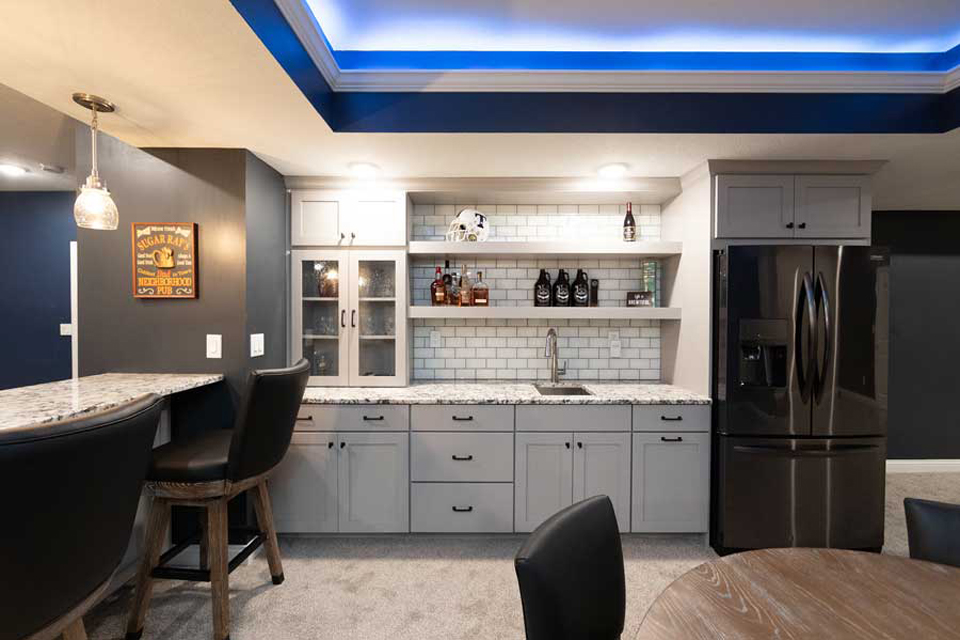
Multigenerational living inevitably means increased utility usage, including electricity, gas, and water. But this can also mean increased costs.
Regarding electricity usage, consider investing in energy-efficient appliances to help offset the increased energy consumption. ENERGY STAR-certified products will help reduce utility bills and lessen environmental impact.
Your existing heating, ventilation, and air conditioning (HVAC) may need to be upgraded, especially if you add rooms or convert an attic or basement.
Also, check your current insulation and weatherproofing measures. A well-insulated home will maintain a comfortable indoor temperature while reducing energy consumption and utility bills.
With water, see where you can implement water-saving features, such as low-flow faucets, showerheads, and toilets.
Your trusted team of remodeling experts will help you navigate these issues during the planning and design stage of your home remodel.
Work with a Design-Build Firm Like Riverside Construction
Riverside Construction, founded in 2008, is the go-to professional design-build team that has earned the respect and confidence of discerning homeowners in the Lafayette and West Lafayette areas.
With an award-winning team of highly skilled and experienced professionals in various fields, we excel at listening to client ideas and translating those dreams into reality. We can help you decide on a direction, provide guidance on remodeling issues, and be with you every step of the way to ensure your dream multigenerational home is achieved.
Contact us now to schedule an initial conversation about your upcoming remodel. We’ll happily answer your questions, listen to your ideas, soothe your worries, and work with you to finalize your plans.
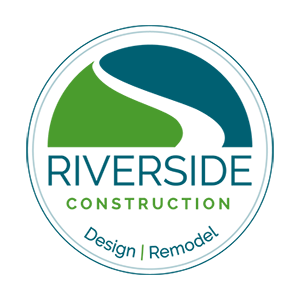
 The most straightforward way to finance your home remodel is to pay using cash you have saved. Paying in cash ensures you can actually afford the improvements you’re making while at the same time avoiding getting into debt.
The most straightforward way to finance your home remodel is to pay using cash you have saved. Paying in cash ensures you can actually afford the improvements you’re making while at the same time avoiding getting into debt. Home improvement loans have a fixed interest rate based mainly on your credit score. These loans are unsecured and don’t use your home as collateral.
Home improvement loans have a fixed interest rate based mainly on your credit score. These loans are unsecured and don’t use your home as collateral. A home equity loan is a fixed-term loan granted to a homeowner based on the equity in their home. Often referred to as second mortgages, home equity loans arrive as a lump sum which is then immediately paid back in fixed monthly payments.
A home equity loan is a fixed-term loan granted to a homeowner based on the equity in their home. Often referred to as second mortgages, home equity loans arrive as a lump sum which is then immediately paid back in fixed monthly payments. A Home Equity Line of Credit (HELOC) is similar to a home equity loan but has some key differences. It, too, comes with a fixed interest rate and is delivered in a chosen lump sum. The HELOC is also secured against the equity of your Lafayette home.
A Home Equity Line of Credit (HELOC) is similar to a home equity loan but has some key differences. It, too, comes with a fixed interest rate and is delivered in a chosen lump sum. The HELOC is also secured against the equity of your Lafayette home. A cash-out refinance is when you turn equity into cash through refinancing your mortgage. In other words, you can replace your old mortgage with a new one and have the difference paid to you in cash. You can then use these extra dollars to finance a home remodel.
A cash-out refinance is when you turn equity into cash through refinancing your mortgage. In other words, you can replace your old mortgage with a new one and have the difference paid to you in cash. You can then use these extra dollars to finance a home remodel. For smaller home improvement projects, credit cards are a potential financing option. You can even pay interest-free if using a new credit card with an introductory 0% interest rate.
For smaller home improvement projects, credit cards are a potential financing option. You can even pay interest-free if using a new credit card with an introductory 0% interest rate. A low-cost option for a home improvement project is a government-backed renovation loan. However, such loans are usually only available to certain people. Qualifiers include income level, age, property type, property location, and whether you have a disability.
A low-cost option for a home improvement project is a government-backed renovation loan. However, such loans are usually only available to certain people. Qualifiers include income level, age, property type, property location, and whether you have a disability.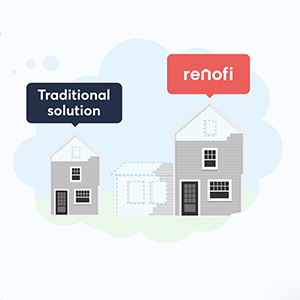 Finally, there’s a specialist payment option specifically for homeowners carrying out a home remodel. It’s called a RenoFi and it’s similar to a traditional home equity loan or home equity line of credit (HELOC) but with some important differences.
Finally, there’s a specialist payment option specifically for homeowners carrying out a home remodel. It’s called a RenoFi and it’s similar to a traditional home equity loan or home equity line of credit (HELOC) but with some important differences.

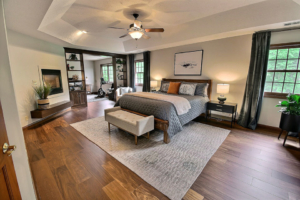
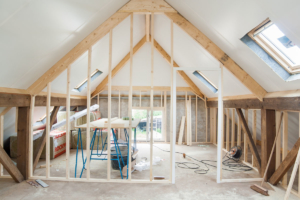
 Like with staying in place and remodeling, there are also several benefits to building an entirely new house, whether on the same lot or elsewhere.
Like with staying in place and remodeling, there are also several benefits to building an entirely new house, whether on the same lot or elsewhere.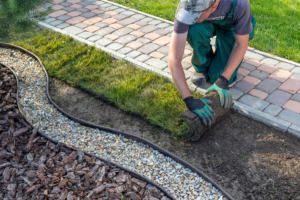 Building a new house from scratch also comes with drawbacks.
Building a new house from scratch also comes with drawbacks.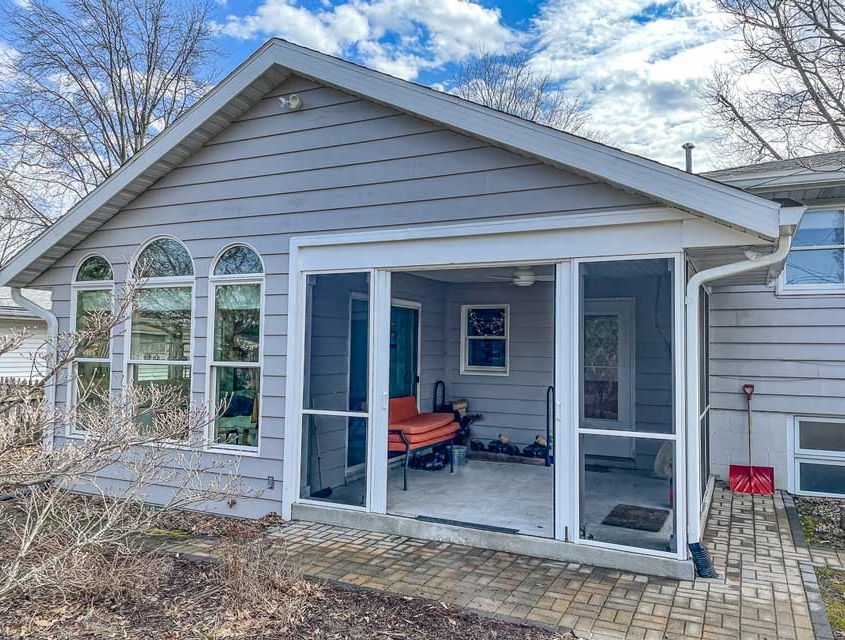
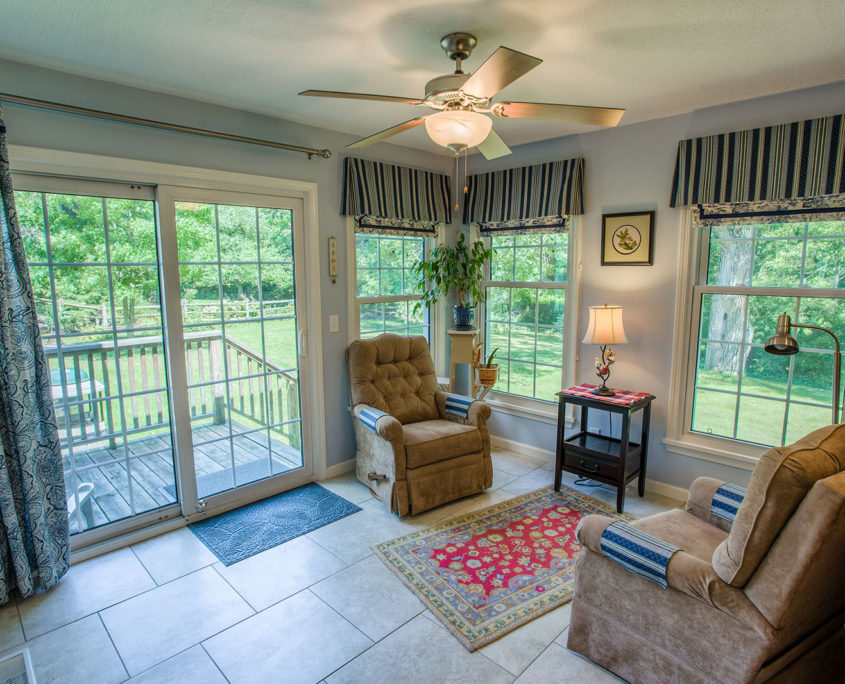
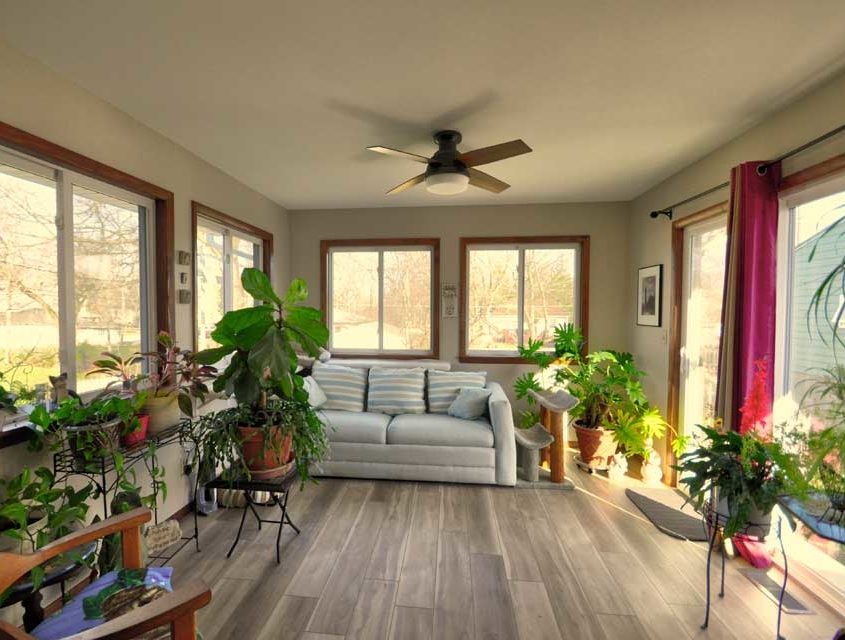
 Depending on what they find behind the soffit, you do have options. After assessing the situation, here are a few more questions to ask your remodeling contractor.
Depending on what they find behind the soffit, you do have options. After assessing the situation, here are a few more questions to ask your remodeling contractor.